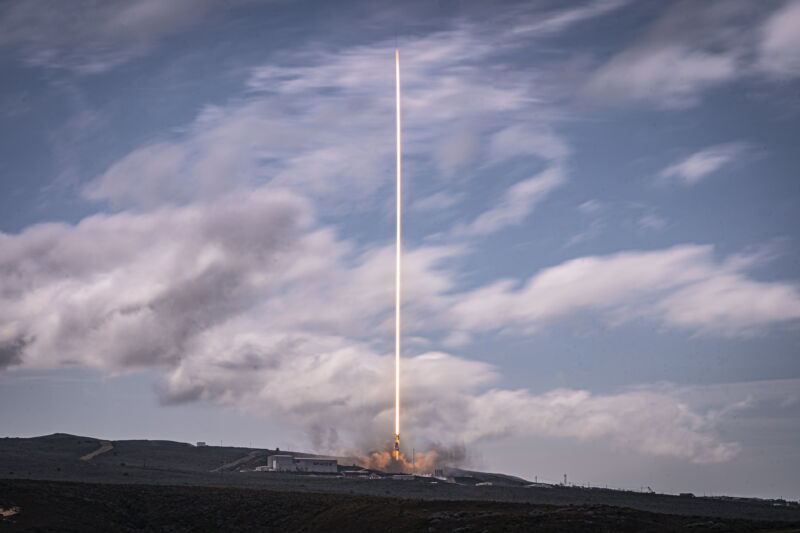
SpaceX
Could SpaceX Have Succeeded in Making Orbital Launches Boring? Increasingly, the answer to this question appears Yes.
On Friday, the California-based company launched two Falcon 9 rockets less than four hours apart. At 12:26 p.m. local time, a Falcon 9 rocket lifted off SpaceX’s 52 Starlink satellites into low-Earth orbit from the launch pad at Vandenberg Space Force Base in California. Just 4 hours and 12 minutes later, another Falcon 9 rocket launched two large communications satellites into geostationary transfer orbit from the Kennedy Space Center to Luxembourg-based satellite company SES.
This broke SpaceX’s own record. However, the overall record for shortest time between two launches of the same rocket still belongs to the Russian-built Soyuz vehicle. In June 2013, Roscosmos launched a Soyuz booster from Kazakhstan, and Arianespace launched a Soyuz from French Guiana less than two hours later. However, those launches were conducted by two separate space agencies, on separate continents.
Increase speed
Friday’s launch of the two SES satellites was, overall, SpaceX’s 19th orbital mission for the calendar year. As of today, the company launches a Falcon rocket every 4.1 days and is on pace to launch about 90 rockets by the end of 2023.
To put this in perspective, a decade ago, the US was launching an average of 15 to 20 orbital rockets per year. In 2022, the United States recorded the most launches of any calendar year with 78 orbital flights. This year, barring a catastrophic crash with the Falcon 9 booster, that number will easily be in the triple digits. The all-time record for orbital launches in a single year was 101 in 1982 by the Soviet Union.
A decade ago, SpaceX was still a startup in the global publishing industry. In 2013, the Falcon 9 became the first rocket to launch three times in the same year. It was indeed a pretty monumental achievement for the company as it launched both its second launch pad at Vandenberg Air Force Base and the 1.1, a significantly improved variant of the Falcon 9 rocket. It flew commercial missions for the first time and began experimenting with sea-based landings.
In that competitive environment a decade ago, SpaceX still lagged behind its main rivals Roscosmos, Europe-based Arianespace and US-based United Launch Alliance. This year, that number is moving around massively. To date, Russia has launched three rockets, two Soyuz and one Proton, in 2023. ArianeSpace has yet to launch a mission, and neither has United Launch Alliance.
No more competition
In other words, SpaceX’s main rivals have launched three rockets this year over the past decade. SpaceX, by comparison, launched three rockets in three days, including the CRS-27 mission that flew to NASA on the evening of March 14. Increasingly, SpaceX will only be challenged by the combined efforts of China’s government and its nascent commercial launch industry. dominating. The country has a total of 11 orbital launches this year.
SpaceX founder Elon Musk has said in the missile industry that he wants rockets to one day achieve flight-like functions. His company isn’t there yet, as it takes two weeks to land, refresh and restart the Falcon 9 first stage. Each mission still requires a brand new secondary. Faster turnaround times at its three launch sites, Cape Canaveral and Kennedy Space Center in Florida and Vandenberg in California, are about a week longer at each facility.
But they’ve certainly come a long way in a decade.